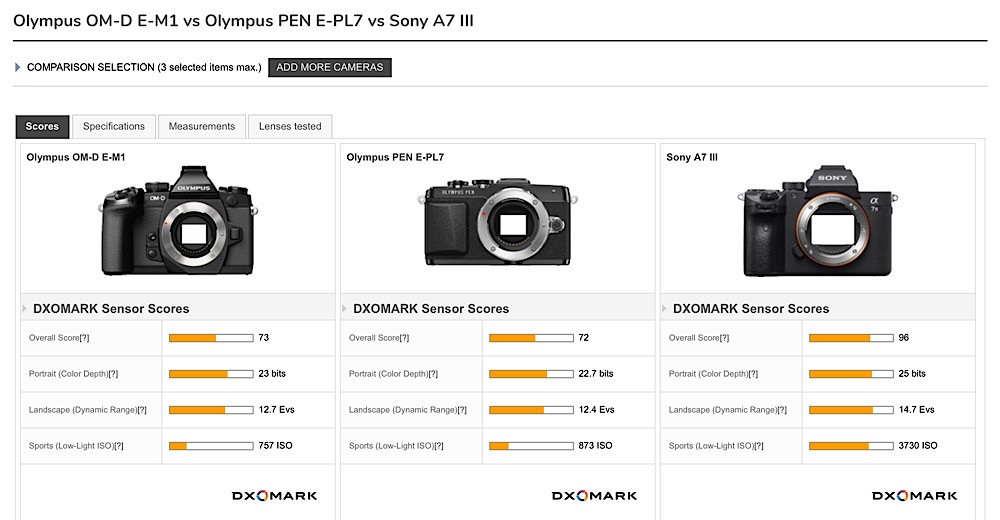Continued from the last post!
I’m a comparatively recent convert to the Sony FE system, with the system change made last year in April when I picked up the Sony A73 and the first half-dozen native lenses for the system. The Sony full-frame system has been a real joy to use: the dynamic range is incredible, allowing me to routinely retrieve a large amount of shadow and highlight details, the battery life on the A73 has finally enabled me to do a full day of photography without worrying ever about the battery running out of juice, and the 24.2 MP sensor permits a wider cropping range before I have to extrapolate an image to fit the standard JPG size – currently 3500 pixels horizontally – I use for online browsing. And the Sony FE 24-105mm f4 is by far the best all-round general purpose lens I’ve ever used on any system. What I miss on the m4/3 system though remains the degree its stabilisation – particularly on the E-M1 – the all round lighter weight of lenses and bodies, and that the m4/3 system is just honestly fun to use.
I don’t have the inclination nor equipment to pixel peep images, so I can’t ever tell quantitatively if one image is better than another from a technical perspective. I can however form subjective perceptions when comparing between what I can get out of the Sony FE and m4/3 systems. Between the two: in good light, the pictures I get out of post-processing are in the same ballpark. The differences are more obvious only when there are blown highlights or shadows I need to retrieve detail from, or when I’m taking pictures in low light – and on that, the full-frame system has a clear advantage. This isn’t to say that the images from a m4/3 system will be poor in these conditions: they are really quite good, and I reckon most people, and even enthusiasts who do not post-process their photos, will be happy with them.

Imaging sensor wise, the m4/3 cameras seem to level of their MP count at about 20 MP or so. I don’t think for a moment this is because the sensor can’t hold larger MP counts at all – the small 1” sensors can already contain 20 mega pixels of imaging data. Rather, it’s probably because the Olympus and Panasonic engineers determined that until their image processor engines improve, 20 MP is about the most their current generation sensors can put out images that aren’t too degraded, and also a calculated decision that most consumers in their target markets won’t need images beyond that pixel count (though selling that idea to enthusiasts caught up with “more is better” is an entirely different thing).
Many m4/3 cameras for several years now seem to have moved from their 16 megapixel sensors to 20 MP ones, so it was a little disappointing that the E-PL9 is still using a 16 MP sensor that seems to be of the same generation as the E-PL6. On the other hand, the sensor is supported by a newer processing engine that’s purported to put out just ever so slightly cleaner images than cameras using the older engines. I can’t tell the difference though based on the photos I’ve taken using the E-PL9 – the image output looks similar from the E-PL6.
Generally speaking, the underlining hardware to support picture taking on it has also only evolved somewhat from the previous generation E-PLs. If you are happy with pictures that come out from an E-PL camera from around then, you can be assured that the new E-PL cameras can deliver more of the same at least. Furthermore, the new E-PL9 has a few enhancements that supposedly makes your picture taking that bit more expediently. These other improvement include more AF points – 121 from 81 – with a slightly wider coverage across the sensor. But really, auto-focusing on the E-PL6 with a prime like the 17mm f1.8 was already fast enough for me. And if there are any improvements in speed on the E-PL9, I couldn’t tell at least. And unless you’re in the habit of framing your subjects at the extreme edges of the frame, the wider AF coverage doesn’t do anything differently for me either.
I’m also not big on social media connectivity when I’m taking photos with non-smartphone cameras, but in-camera support for it is still useful when there’s an occasional fun photo I’d like to post on Facebook right away. For instance, of Peter making a face that I in turn make a quip about on my feed. The Olympus OI. Share app though is pretty gimp in one regard: it can’t import RAW photos. There’s no technical reason why this feature can’t be implemented in the app of course: the WIFI and Bluetooth connection between the E-PL9 and mobile device works great, and it’s just a matter of coding a RAW converter in the mobile app, perhaps with some simply exposure and color balance sliders to permit quick edits too. The only way then to transfer a RAW photo from the E-PL9 to my smartphone is to use the in-body RAW converter to create a quick JPG, then transfer that JPG over for posting.

So in all, the E-PL9 is pretty much more of the same compact line of cameras that’s great for general purpose photography. It’s not going to produce the best images in tricky lighting, but for those of us who’re still at least minimally invested in the m4/3 system, this is a great and fun compact to use. I might do a fourth post if I get round to trying the 4K video recording mode extensively.
Recent comments